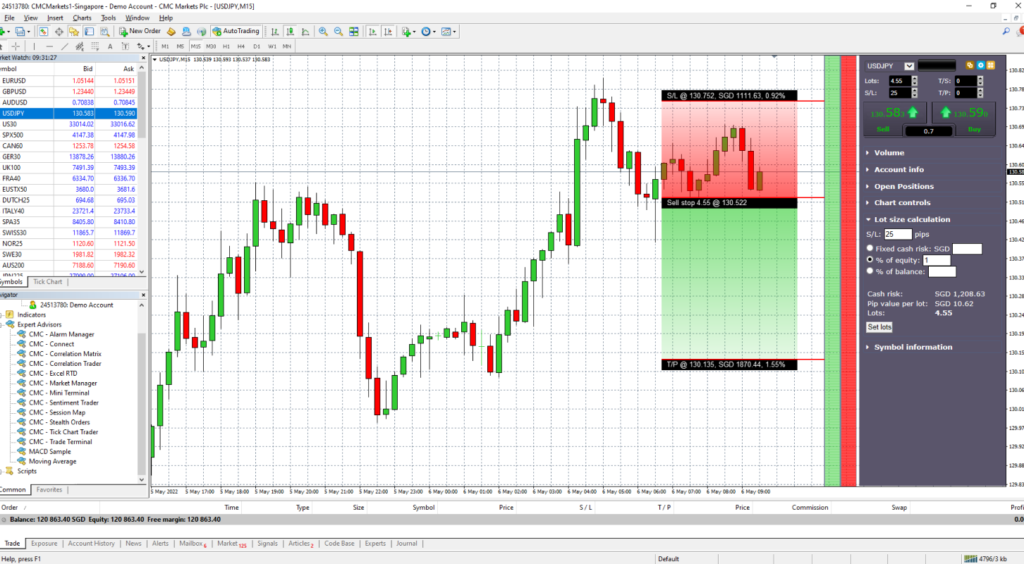Navigating the Digital Realm: Unraveling the Wonders of Cyberimport

In the fast-paced and interconnected world of today, the term Cyberimport has emerged as a key player in the digital landscape. This phenomenon encompasses a wide array of activities related to the importation of goods and services through virtual channels, bringing with it a plethora of opportunities and challenges. In this article, we delve into the intricacies of Cyberimport, exploring its various facets and shedding light on its impact on global trade.
The Rise of Cyberimport
The advent of the internet and advancements in technology have revolutionized the way businesses operate, giving rise to the concept of Cyberimport. Unlike traditional import processes, Cyberimport leverages the power of digital platforms to facilitate the movement of goods and services across borders. This has not only streamlined international trade but has also opened up new avenues for businesses to connect with a global audience.
E-Commerce and Cyberimport
One of the driving forces behind the surge in Cyberimport is the rapid growth of e-commerce. Online marketplaces have become the epicenter of global trade, allowing businesses of all sizes to reach consumers around the world. Cyberimport enables merchants to source products from international suppliers, expanding their product offerings and providing consumers with a diverse range of choices.
Virtual Marketplaces and Cyberimport Platforms
Within the realm of Cyberimport, virtual marketplaces and specialized platforms play a crucial role. These platforms act as digital intermediaries, connecting buyers and sellers from different corners of the globe. Popular platforms like Alibaba, Amazon, and eBay have become synonymous with Cyberimport, offering a user-friendly interface for businesses to explore and engage in cross-border trade.
Regulatory Challenges in Cyberimport
While the benefits of Cyberimport are undeniable, it is not without its challenges. Regulatory frameworks that govern international trade can be complex, and navigating them in the digital realm poses unique difficulties. Issues related to customs, tariffs, and compliance with local regulations are areas that businesses engaged in Cyberimport must carefully address to ensure smooth operations.
Cybersecurity Concerns
As the digital landscape expands, so do the concerns related to cybersecurity. Cyberimport involves the transfer of sensitive information, including financial details and intellectual property, across borders. Businesses need to be vigilant in implementing robust cybersecurity measures to safeguard their operations and protect against cyber threats that could jeopardize the integrity of international trade.
The Role of Blockchain in Cyberimport
Blockchain technology has emerged as a potential solution to some of the challenges associated with Cyberimport. Its decentralized and transparent nature provides a secure platform for recording and verifying transactions, reducing the risk of fraud and ensuring the authenticity of goods in the supply chain. The adoption of blockchain in Cyberimport could pave the way for greater trust and efficiency in cross-border transactions.
Future Trends in Cyberimport
Looking ahead, the landscape of Cyberimport is poised for further evolution. With advancements in artificial intelligence, machine learning, and automation, businesses can expect increased efficiency in supply chain management and logistics. Additionally, the integration of augmented reality and virtual reality could redefine the way products are showcased and experienced in the online marketplace, further enhancing the Cyberimport experience.
The Digital Silk Road
Cyberimport can be likened to a Digital Silk Road, connecting businesses and consumers across continents seamlessly. Through this virtual avenue, companies can transcend geographical boundaries, fostering a global marketplace that operates around the clock. This interconnectedness not only promotes economic growth but also cultivates a sense of global community.
Small Businesses and Global Reach
One of the standout features of Cyberimport is its democratizing effect on international trade. Small and medium-sized enterprises (SMEs) now have unprecedented access to global markets, enabling them to compete on an equal footing with industry giants. This leveling of the playing field empowers entrepreneurial endeavors, sparking innovation and diversification in the global business arena.
The Cultural Exchange of Cyberimport
Beyond the mere exchange of goods and services, Cyberimport facilitates a rich cultural exchange. Consumers worldwide gain access to products that may have cultural significance, fostering a deeper understanding and appreciation of diverse global traditions. This cultural interchange not only fuels economic growth but also promotes a sense of global unity and interconnectedness.
Challenges and Opportunities in Cyberimport
While Cyberimport presents a myriad of opportunities, it also comes with its fair share of challenges. Logistics, customs procedures, and currency fluctuations are among the hurdles businesses face in the realm of Cyberimport. However, these challenges also give rise to opportunities for innovation, prompting the development of advanced supply chain solutions and risk mitigation strategies.
Sustainable Cyberimport Practices
As businesses engage in Cyberimport, there is a growing emphasis on sustainable practices. The digital landscape provides a platform for environmentally conscious decisions, allowing companies to minimize their carbon footprint by optimizing supply chain routes and embracing eco-friendly packaging solutions. Cyberimport, when executed sustainably, can contribute to a more environmentally responsible global trade ecosystem.
Data Analytics and Market Insights
One of the unsung heroes of Cyberimport is the wealth of data generated through online transactions. Businesses can harness the power of data analytics to gain valuable market insights, understand consumer behavior, and refine their strategies. This data-driven approach not only enhances operational efficiency but also enables businesses to adapt quickly to changing market dynamics.
Cyberimport and Job Creation
The growth of Cyberimport has a ripple effect on job creation. As businesses expand globally, there is an increasing demand for skilled professionals in areas such as digital marketing, logistics management, and e-commerce. This not only stimulates economic growth but also fuels the development of a global workforce equipped with diverse skills and experiences.
Conclusion
In the grand tapestry of global business, Cyberimport emerges as a transformative force, shaping the way we conduct trade and interact on a global scale. From its impact on small businesses to its role in cultural exchange, the digital revolution brought about by Cyberimport is reshaping the future of commerce. As we navigate this digital landscape, embracing the challenges and opportunities it presents, we pave the way for a more interconnected and dynamic global economy.










































































































































































































































































Comments